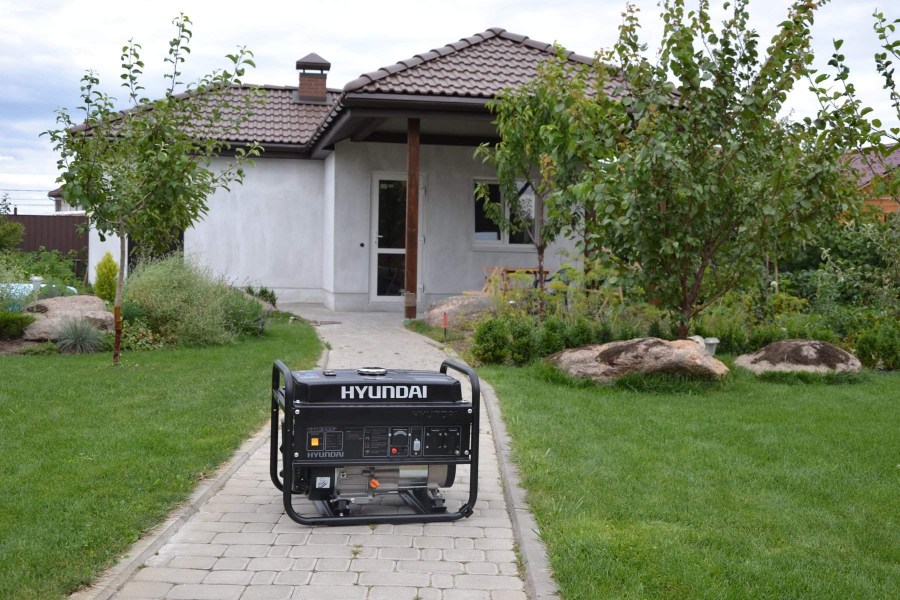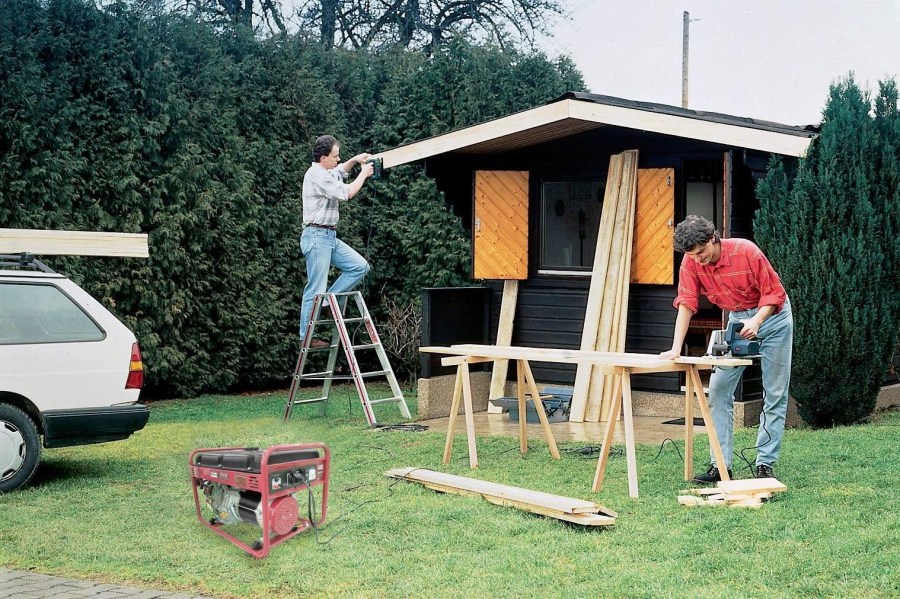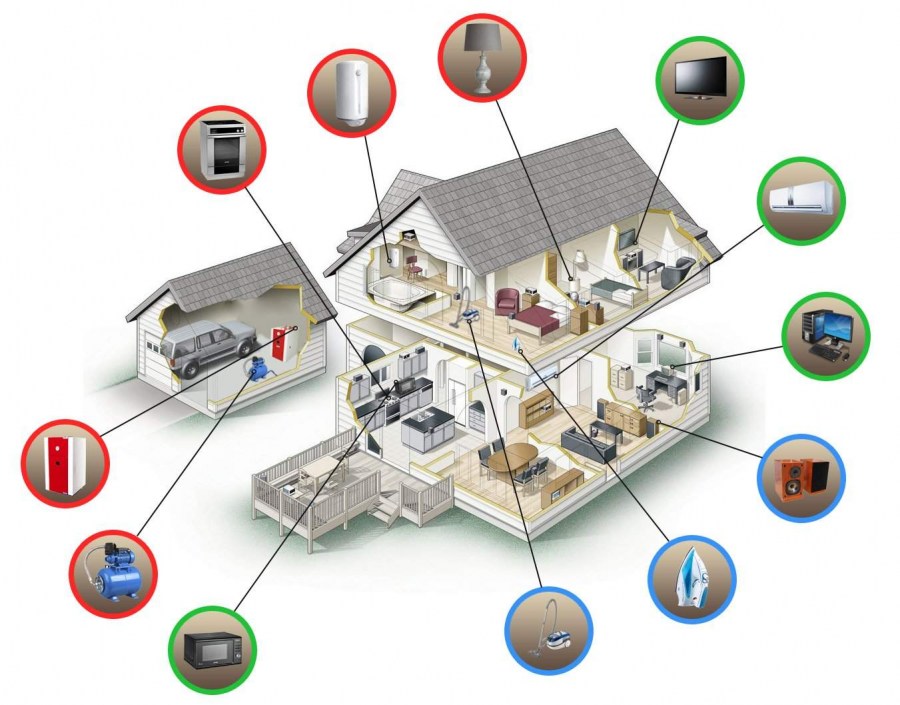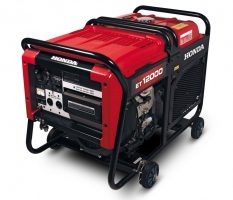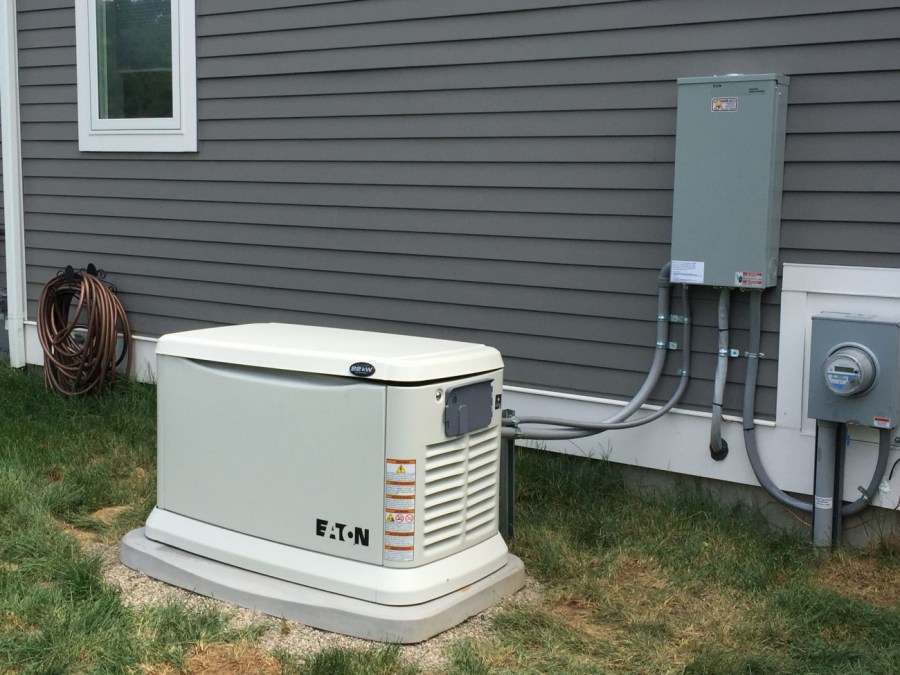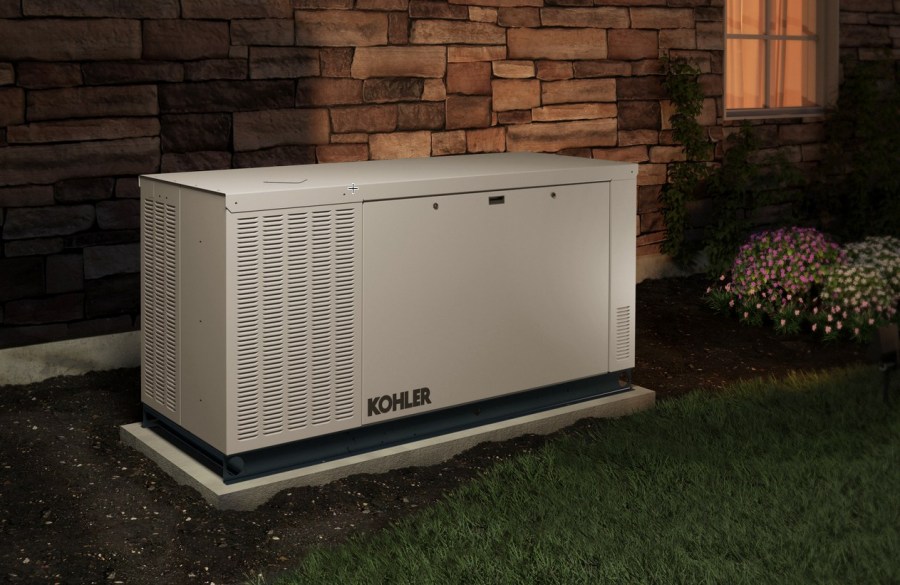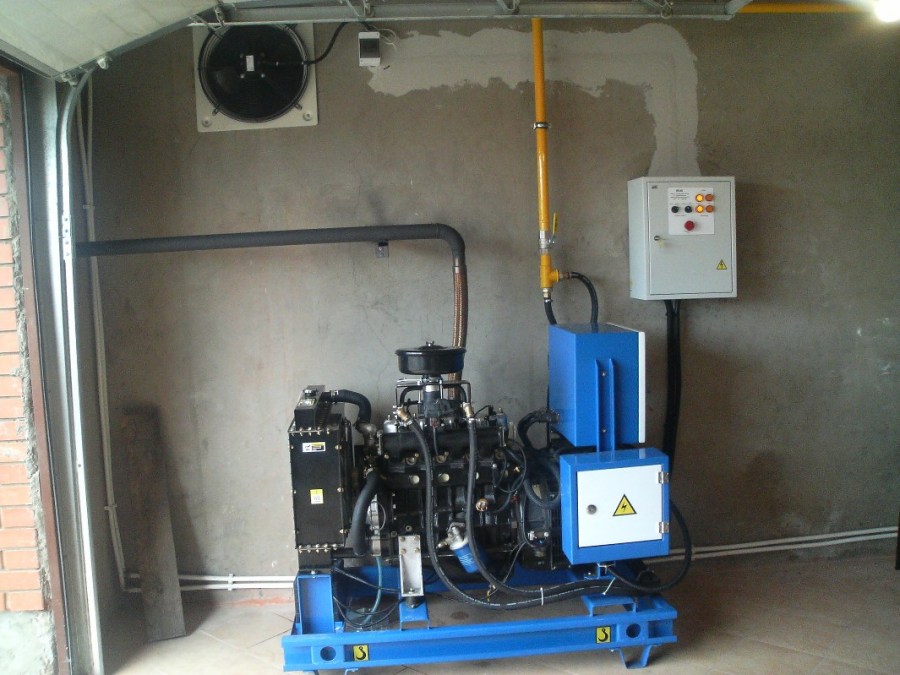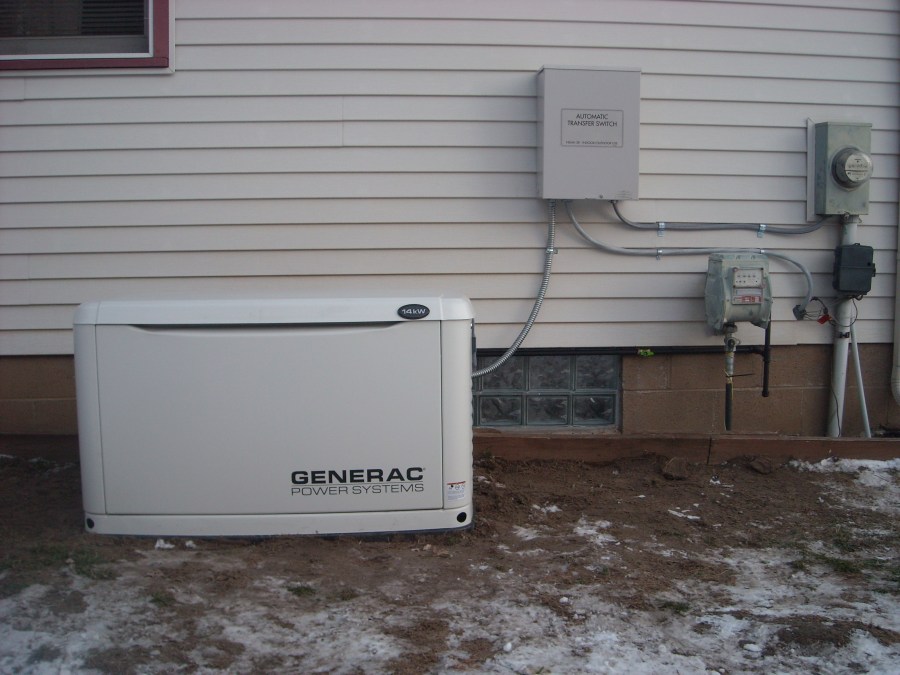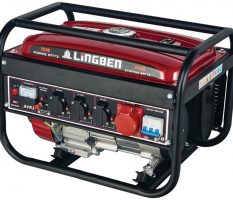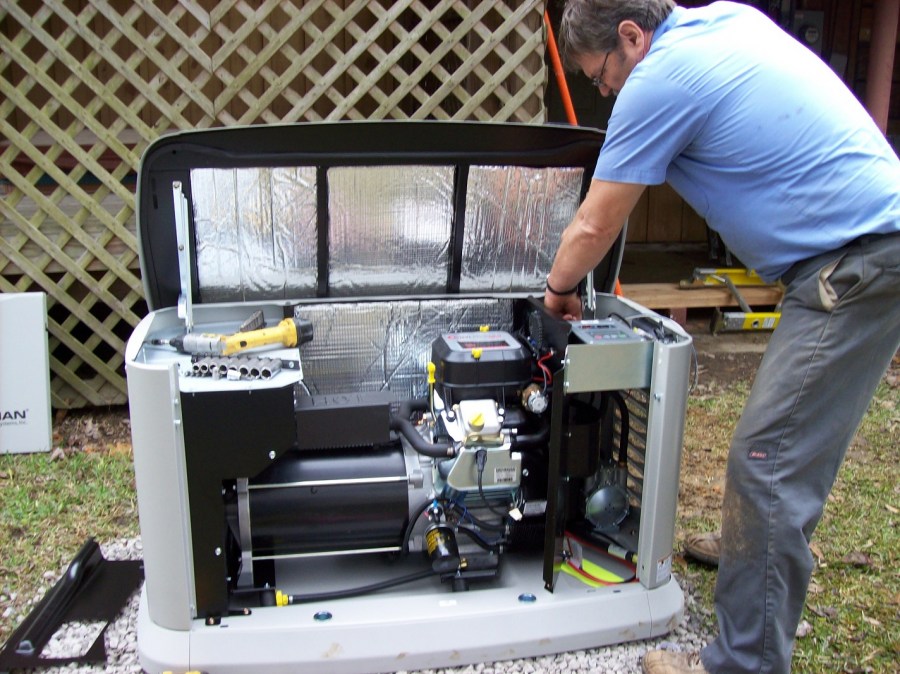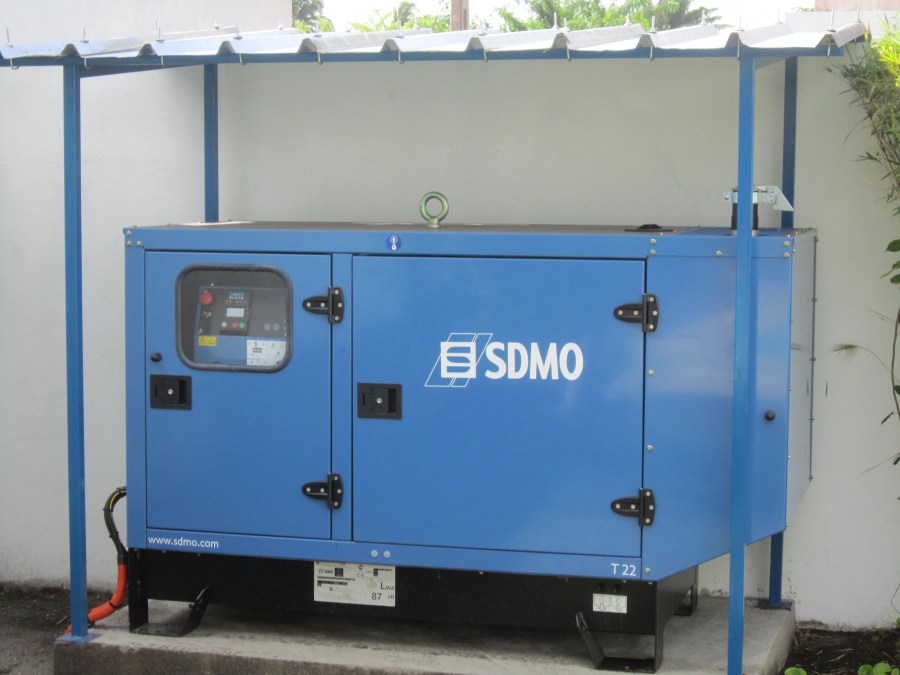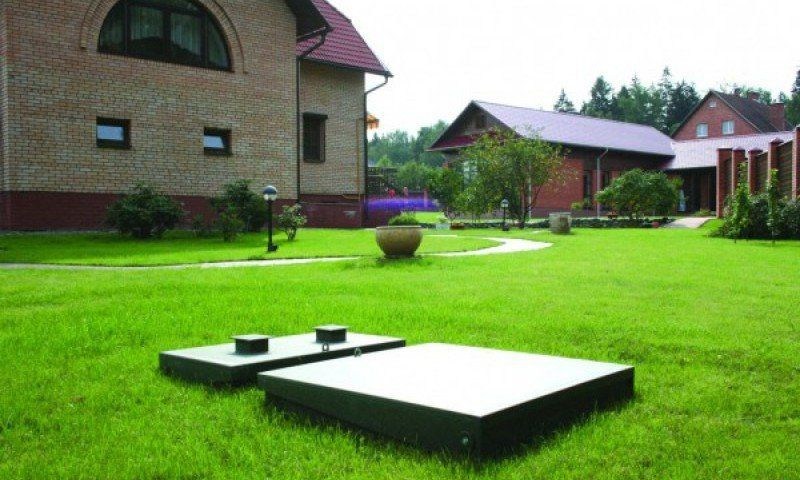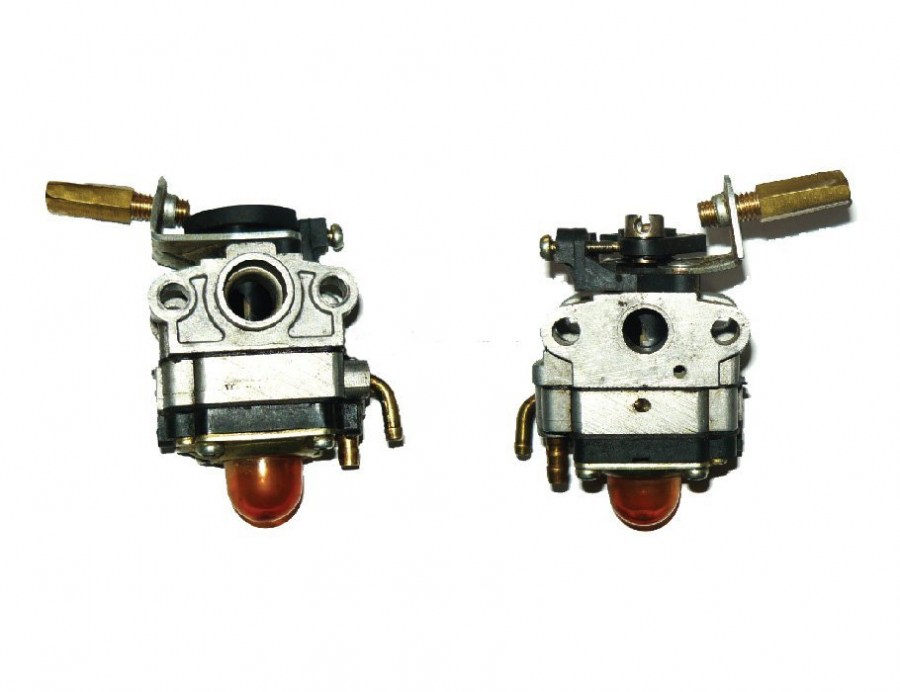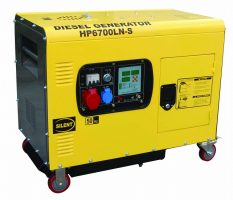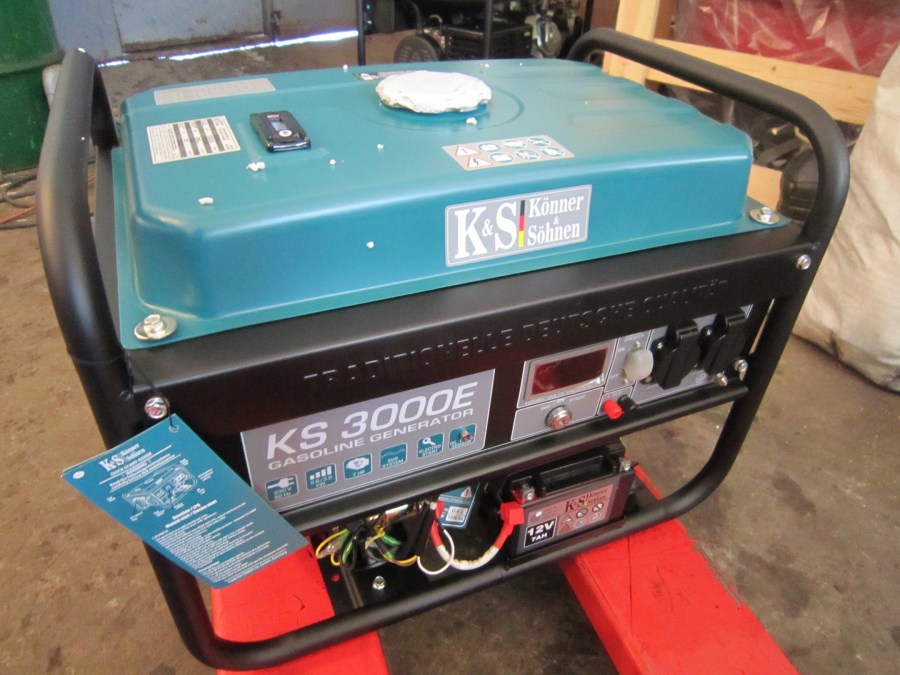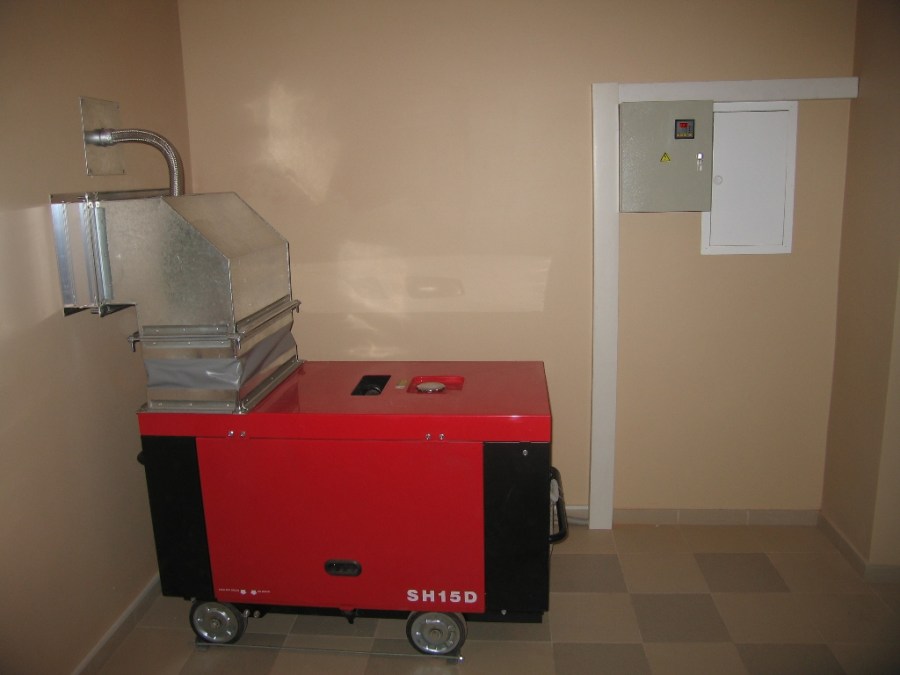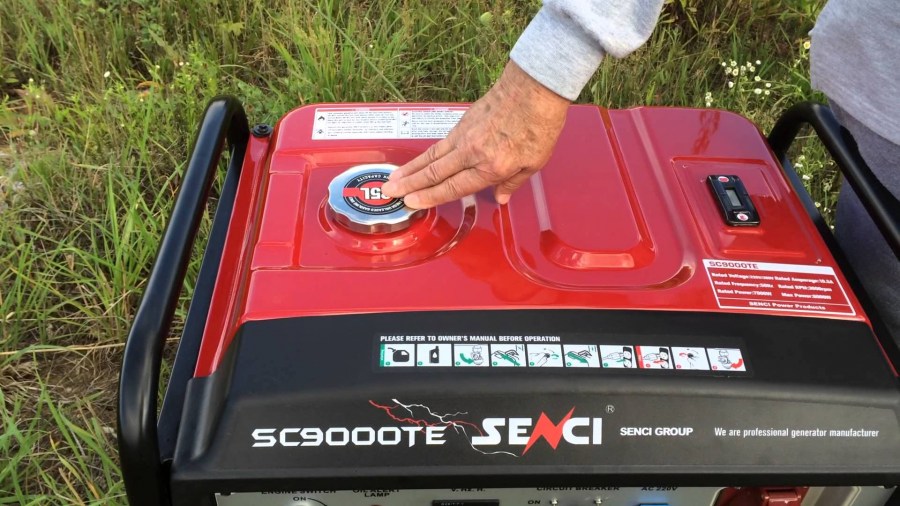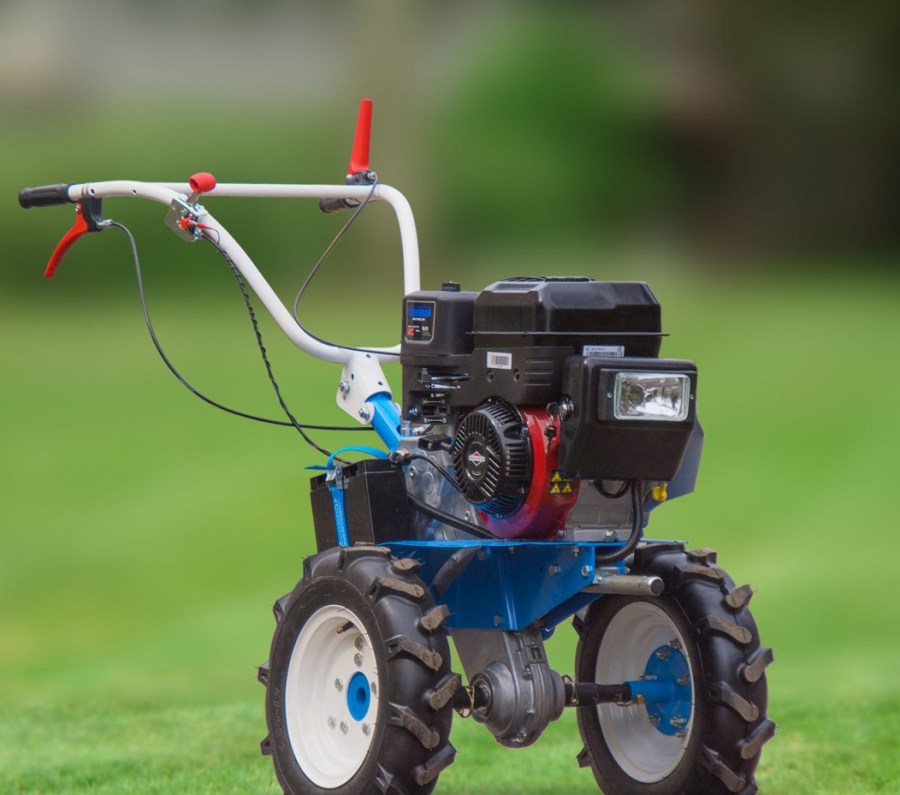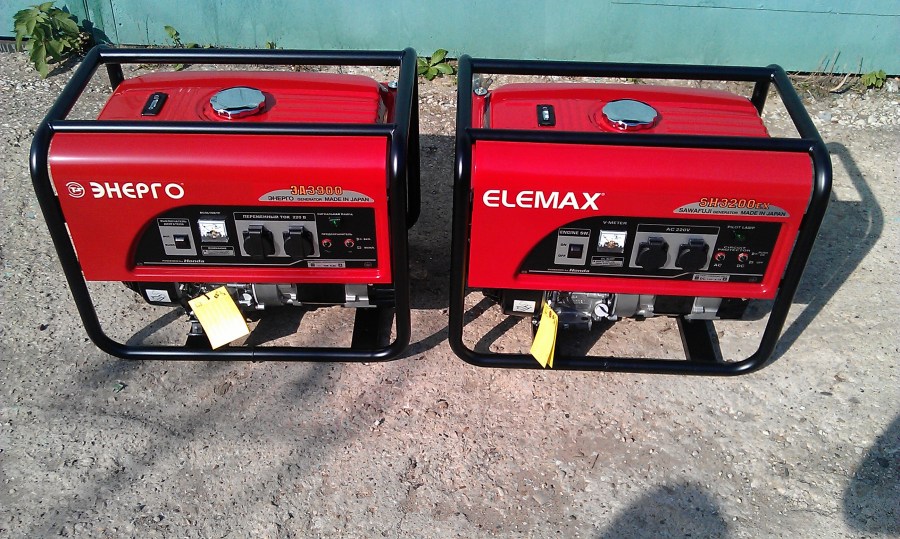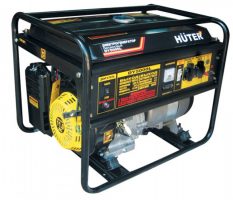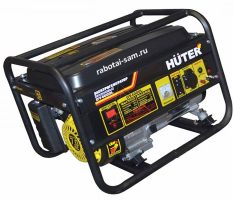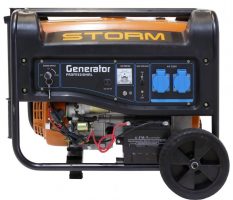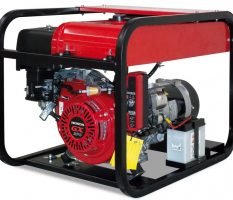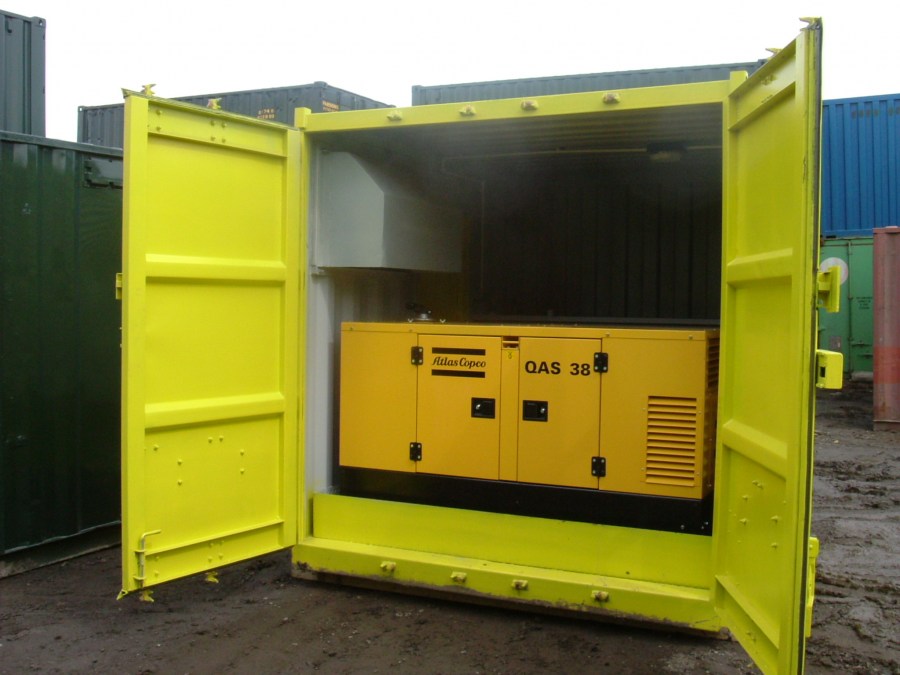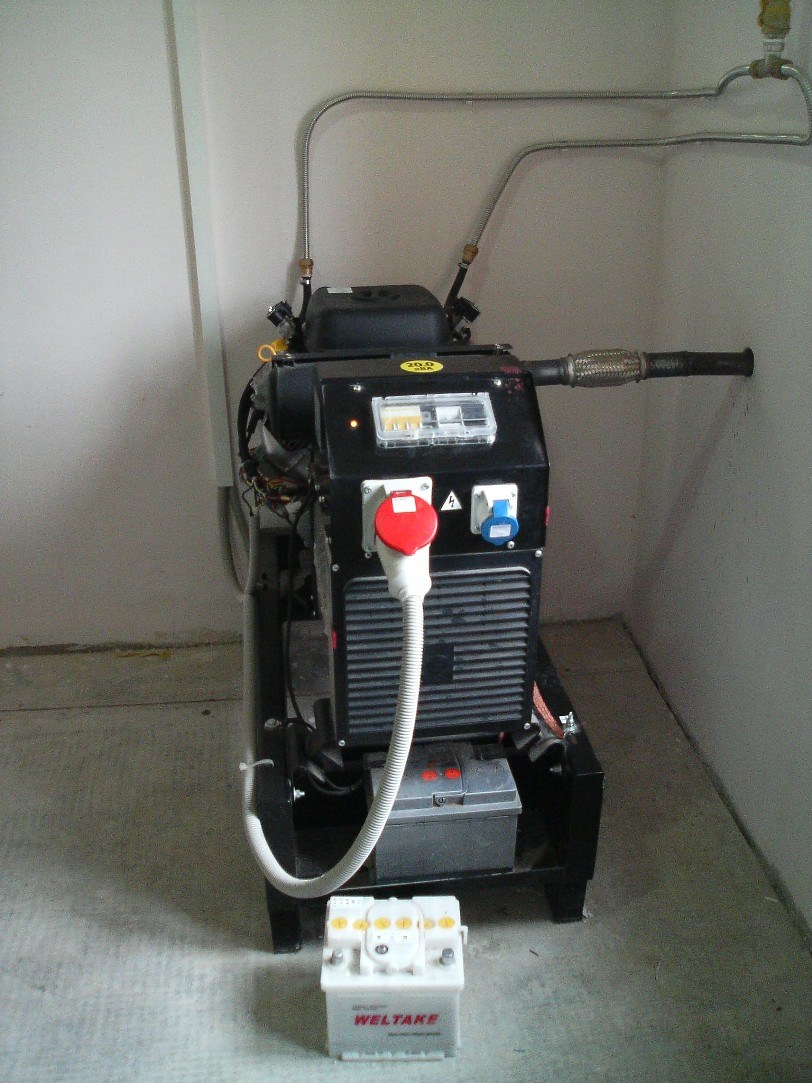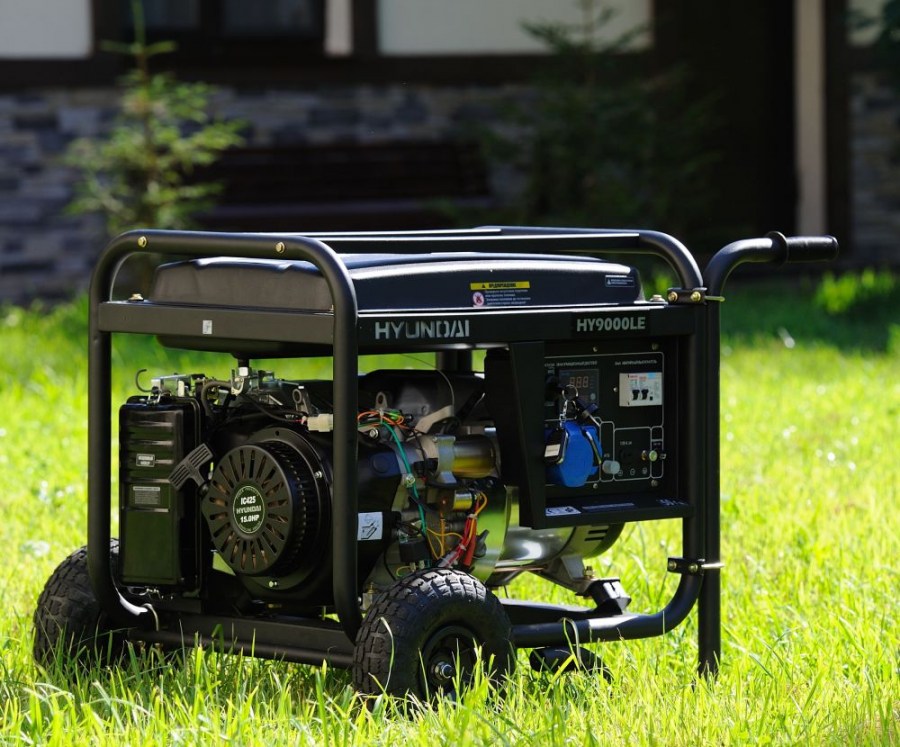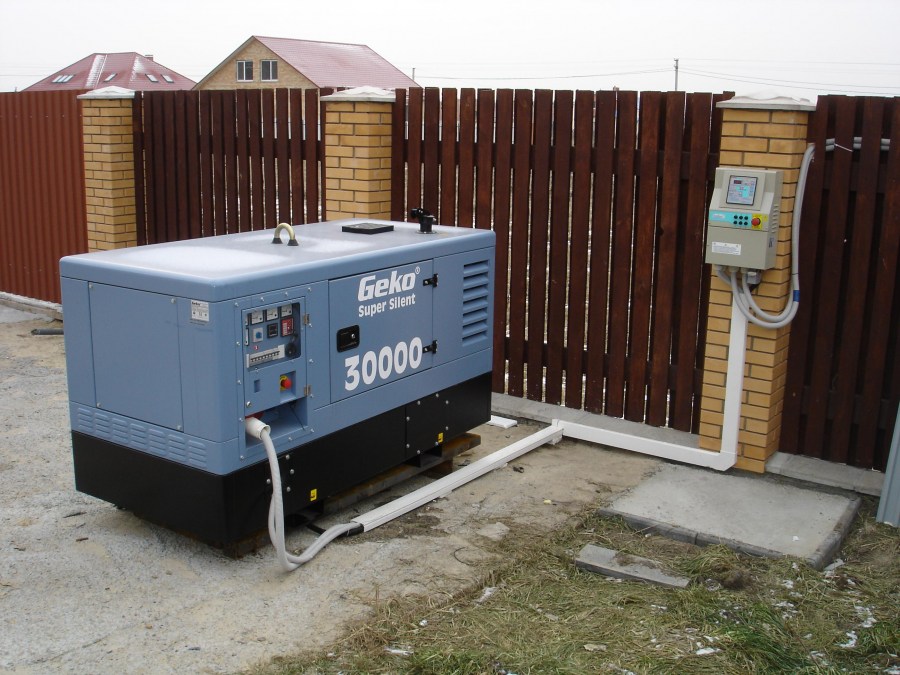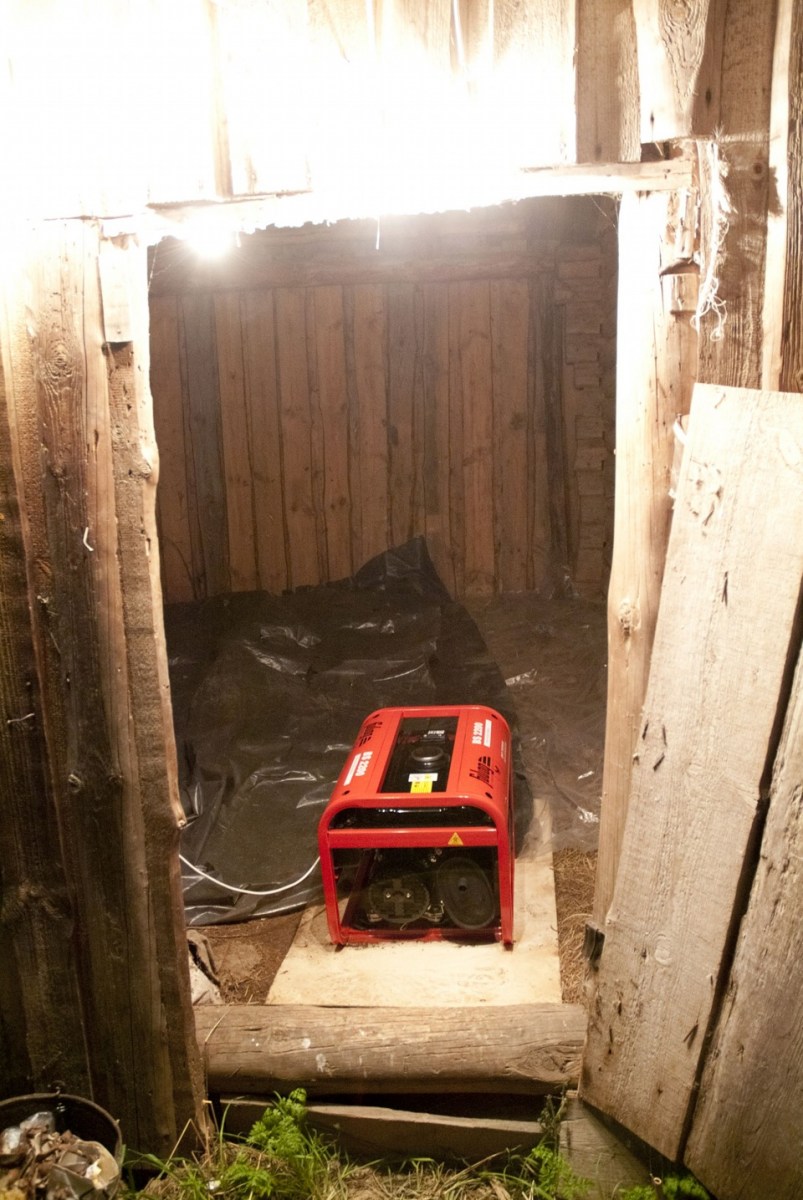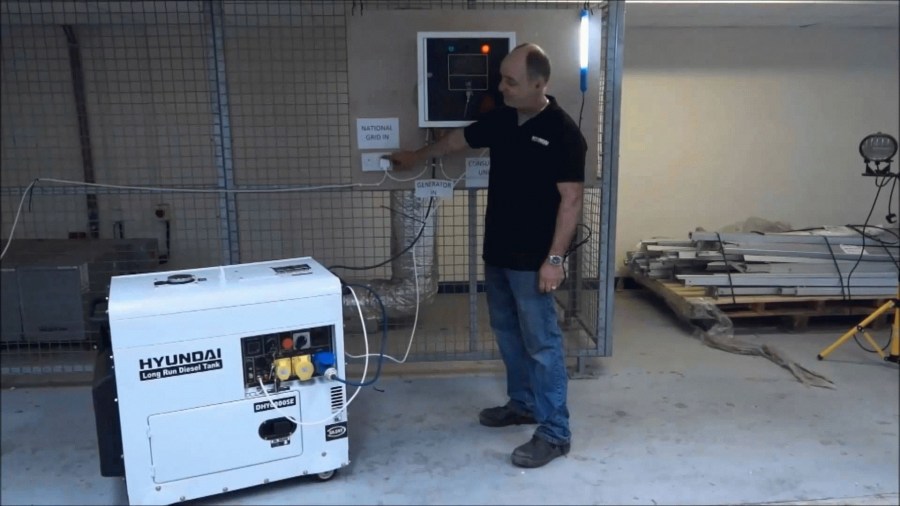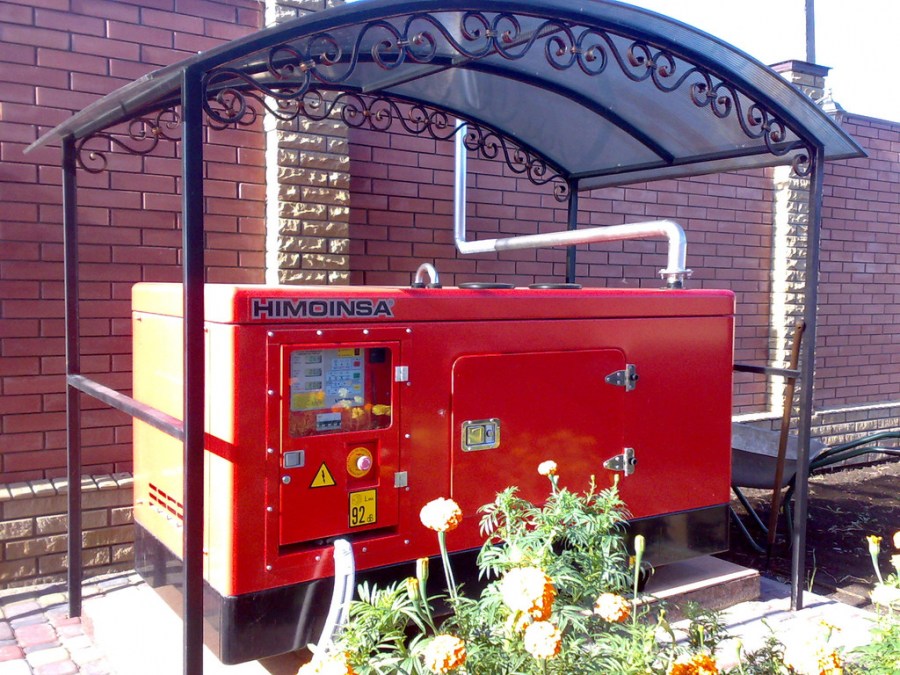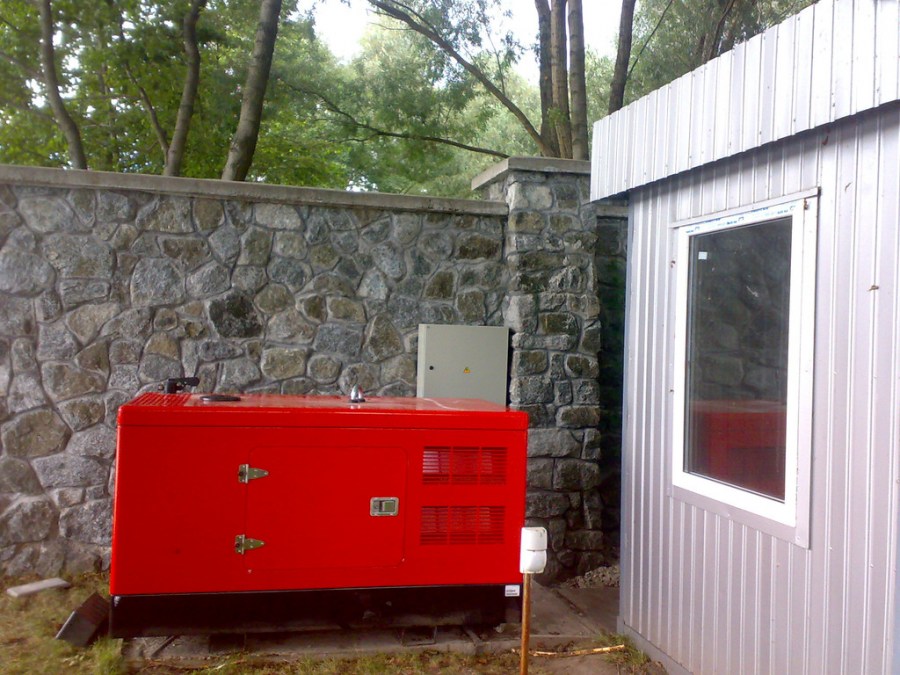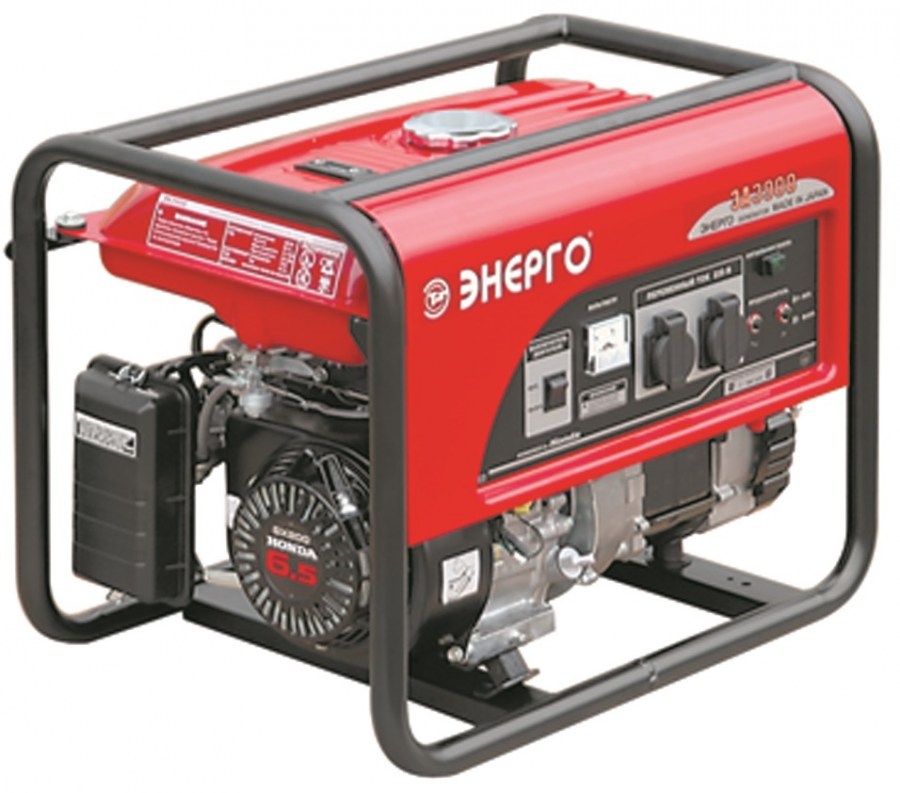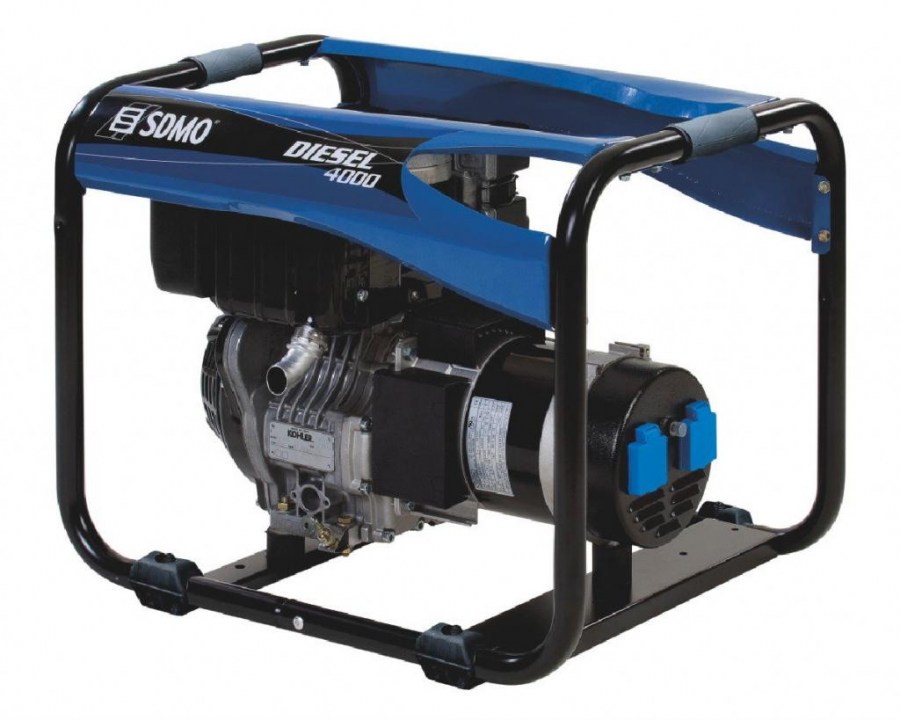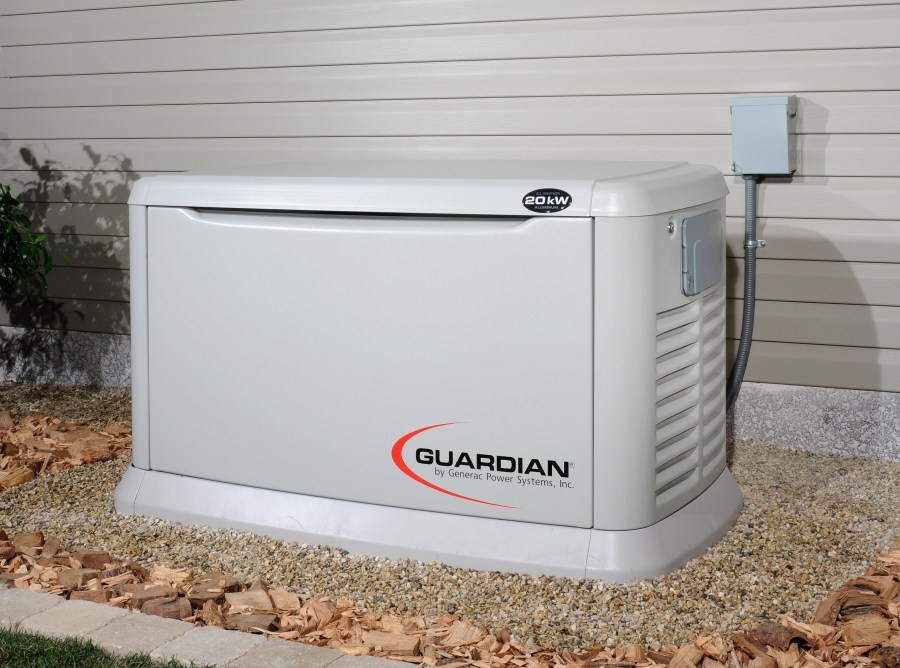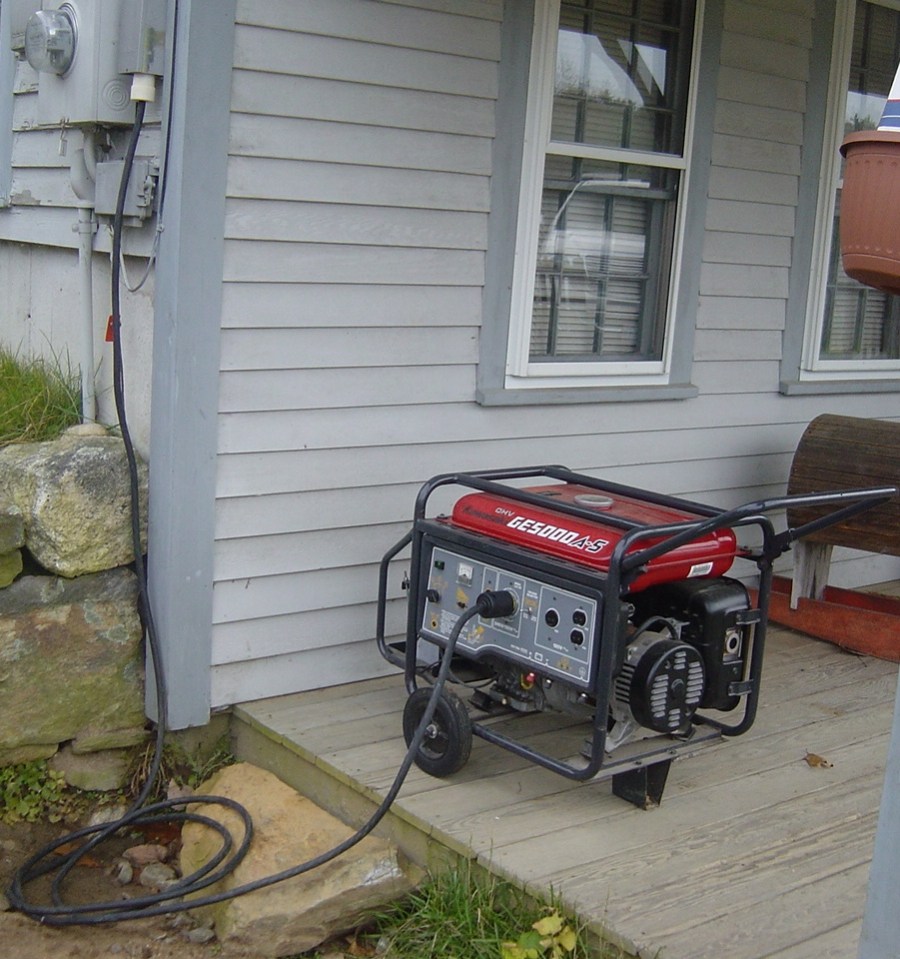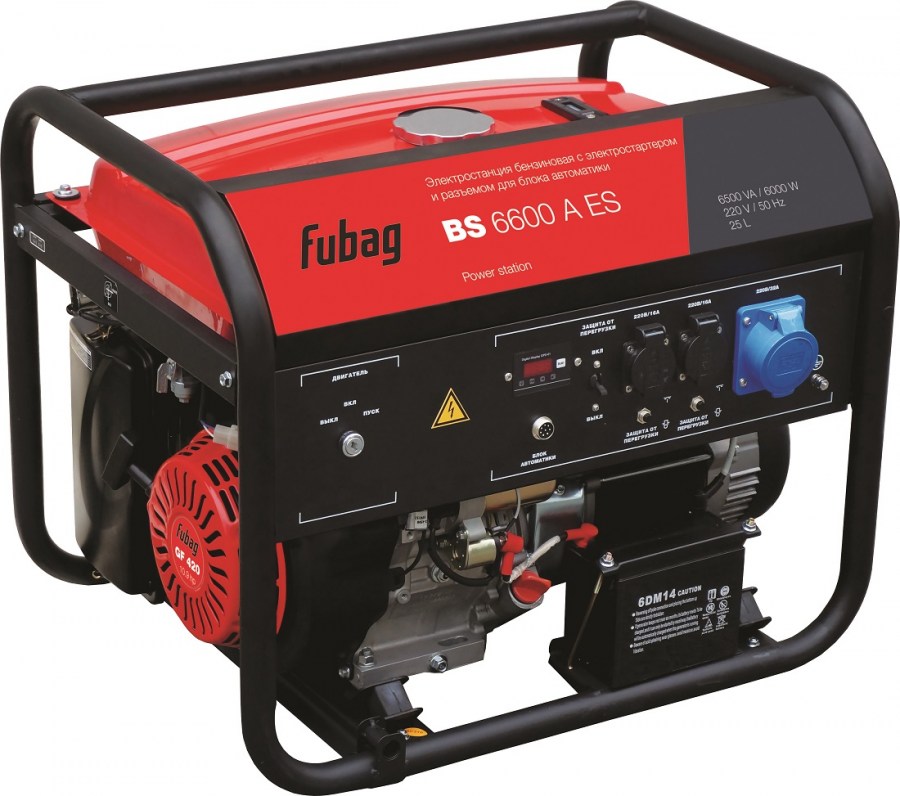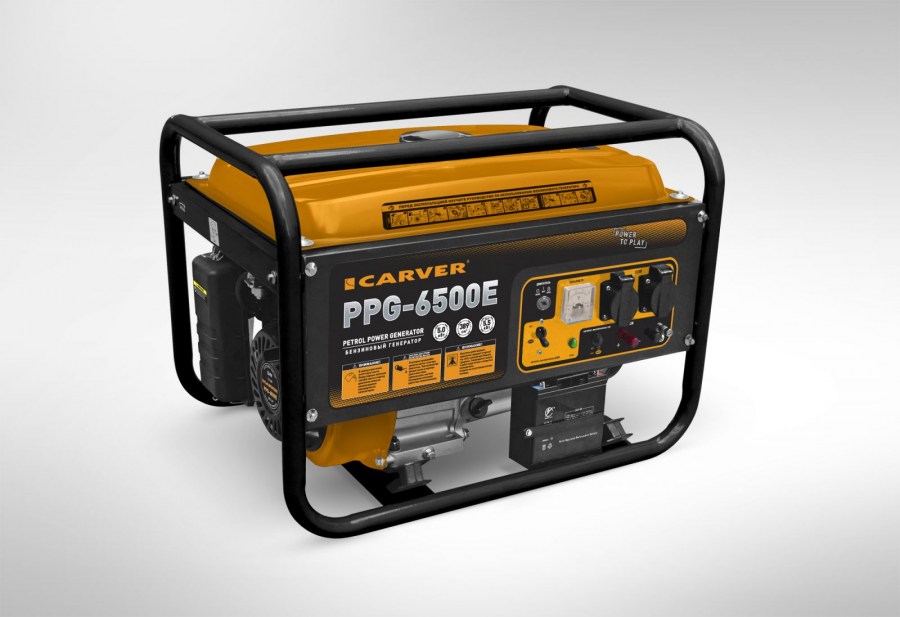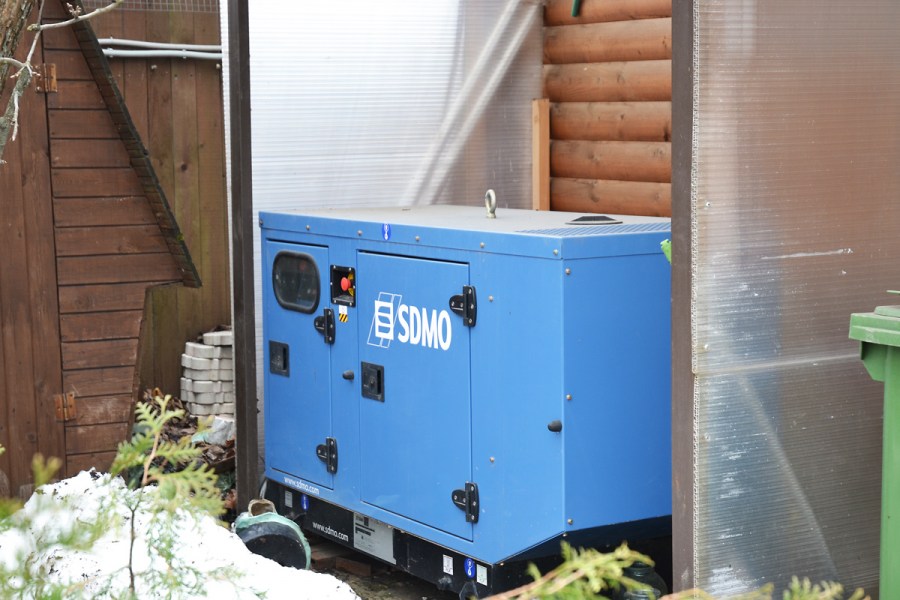Generator for home: choosing the best and most affordable power station. 65 photos of models and options for their installation
The presence of electricity in the house is considered a necessary condition for life and is perceived by many as a matter of course. But not everyone can boast of stability, uninterrupted power supply. Bad weather, breakdowns in electric networks can leave whole microdistricts without light. And some summer cottages are still not electrified.
Generators are able to help in such a situation - equipment that can fulfill the role of an autonomous source of energy supply and power all your appliances in the house. Our article will help you figure out which generator is best for the home.
The main types and their advantages
It is possible to provide autonomy in power supply in various ways, for example, to install photovoltaic panels or a wind generator. But such technologies are not available to everyone:
- Firstly, they are quite expensive.
- Secondly, it will be difficult to ensure the safety of such property, especially if you do not live in the house year-round.
- Well, and thirdly, energy companies may have questions.
Therefore, often connecting the generator becomes the most profitable and even the only right solution.
Petrol models
Generators differ primarily in the type of fuel used in their work. The most popular are gasoline models. They are quite affordable, have a compact size and work with an acceptable noise level.
At the same time, most products in the economy class line have a high level of fuel consumption, which is more expensive compared to peers.
For the operation of gasoline units fuel grade A-92 / A-95 is required. Estimated power up to 15kVA. But for a long time you will not be able to use them, therefore it is unacceptable to connect as the only source of power supply.
The maximum duration of operation without shutdown is 8 hours. A pause in operation is required for efficient cooling of the entire system.
When choosing this option, you need to determine what type of engine is right for you. If the push-pull version has a performance-oriented power supply of installations up to 0.9 kVA, then the four-stroke model allows the limits of this indicator 1-15 kVA.
The material of the cylinder block affects the life of the equipment:
- for aluminum blocks - 500 hours, which is enough to cover the short-term need for electricity;
- cast iron cylinder liners has a life of up to 1,500 hours
A gas generator can have a four-stroke engine with quieter operation and a longer service life.
Two types of construction are possible:
- single-cylinder with a motor resource of 2.5-4 thousand hours;
- two-cylinder with the possibility of running hours up to 5 thousand hours
The main advantages of this type of generator are ease of use, compactness and the ability to run in harsh conditions at temperatures up to -30 degrees. The relative cheapness and not too high noise level make it an excellent solution for compensating short-term power outages.
Do not forget about the shortcomings. This is the high cost of fuel, the restriction on its storage for no more than six months, explosion and fire hazard.
Diesel Type Units
They are a more economical and reliable type of equipment compared to the previous version. Diesel generators are used if the absence of light in the house is long - more than 8 hours.The cooling system (air and liquid) allows them to operate as household mini-power plants.
Household diesel generators with air-cooled diesel fuel have only one advantage over gasoline units - a long duration of one-time operation, but at the same time they will take up a lot of space and work noisily.
But the service life of liquid-cooled diesel generators reaches 40 thousand hours. This ensures the reliability of the equipment. You can purchase models with motors at a low speed - 750 and 1.5 thousand rpm. They make less noise, save fuel.
Generators at 3,000 rpm are also available. With a low price and compactness, this option will be more expensive during operation.
Among the advantages of diesel generators it is worth highlighting:
- higher MTBF;
- total profitability in electricity generation;
- the possibility of round-the-clock use in mini-power station mode;
- fire safety.
But such models have serious drawbacks. Firstly, they are not used at low temperatures less than -5 degrees without special thermal protection. Secondly, there is noise during operation. Thirdly, careful care is required during application. For example, if you bought a diesel engine, but you do not use it often or it idles, wear and tear can be significant.
In general, the considered option is a fairly effective way to solve the problem of autonomous power supply of a private house.
Gas models
The high cost of this type of equipment and the need for a stable gas supply are factors that significantly hinder their distribution. Although the gas generator shows good performance in terms of noise and efficiency.
In this case, several operating modes are permissible depending on the type of gas fuel:
- on liquefied propane-butane (LPG);
- natural gas trunk supply (NG);
- Combined option with the ability to switch LPG and NG modes if necessary.
The customer should determine the economic sense of purchasing this model for himself. After all, with regular work and the need to use propane-butane mixture, you will have to constantly refill the cylinders or change them.
Therefore, if you can boast of a centralized gas supply, but the blackouts are irregular, that is, it is advisable to install low-power (with a limit of 6 kVA) gas units. True, they have air cooling and 3 thousand rpm.
For full autonomous support, more powerful liquid-cooled generators are beneficial. Thanks to 1,500 rpm, this option can have a resource of up to 60 thousand hours.
Keep in mind the risks of gas generators:
- risk of explosion during fuel storage;
- requirement for installation in warm rooms;
- the need for good ventilation;
- high cost of equipment;
- requirements for the project and coordination of connection.
If these moments do not scare you, then you can buy this model.As a result, you get a stable power supply with moderate noise and a large reserve of work.
Emissions of harmful substances will be less dangerous, and economic indicators can be improved by connecting to a common gas supply system.
Which specific option to choose, you must decide for yourself, based on the conditions of future operation. In the photo of the generator for the house, you can consider the most common types and models.
How to calculate the right power
The price of equipment for autonomous power supply at home is directly dependent on its capacity. In different houses there is electrical equipment with its own energy consumption parameters.
If you plan to achieve full independence, you will need to power the whole house, which means you need to summarize the power of all the equipment. In this case, you need a generator with a power of at least 10 kW.
Well, if you are rarely in the country or the lights are turned off only periodically, it is more advisable to connect only vital devices. Then the power, for example a conventional generator with auto start, 3-5 kW will be sufficient.
Calculating the required power is easy. It is necessary to study the passports of devices and summarize the indicators. But remember that a number of units with electric motors, such as a refrigerator or a pump, have starting power, which can be 3-5 times higher than the nominal.
Some manufacturers indicate power consumption in kVA. To convert to kW, this value must be multiplied by a factor of 0.8. Well, be sure to consider a margin of 10-20% when calculating the total capacity.
Equipment Tips
In order for the generator to work efficiently, and you have no problems with it, take into account a few simple rules:
The functionality of the equipment is determined by the type of startup. The simplest country option is manual inclusion using a cord. Electric starter does not require brute masculine power - just turn the key or press the button. Autostart is useful in that it turns on the generator automatically when the voltage disappears in the network.
Electric generators can be single-phase, designed for 220 V, or three-phase for a voltage of 380 V. This feature is important to know when choosing a model.
The comfort of the residents should not be disturbed by a strong hum. Choose petrol units with a noise level of up to 74 dB and diesel units with an indicator of less than 82 dB. The presence of a casing can significantly reduce sound discomfort.
A large fuel tank increases the operating time until the next refueling, but at the same time the dimensions of the equipment and its weight increase.
Choose models equipped with extra surge protection. A more efficient cooling system is liquid.
The range of equipment suppliers is quite wide. Choosing the right model should be based on the tasks and financial opportunities. But if the generator is bought as the main source of energy supply, the selection criteria should be more stringent, since reliability, safety, and reliability are especially important here.
Photo generator for home
Garden tools: 130 photos of the optimum tool of a worthy kachevsev
Vertical gardening: 115 photos of interesting projects and modern combinations
Flowers for flower beds: competent selection of stunted plants (65 photos)
Join the discussion:
